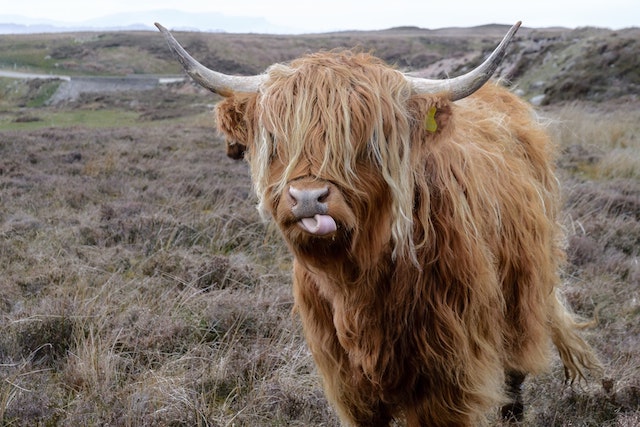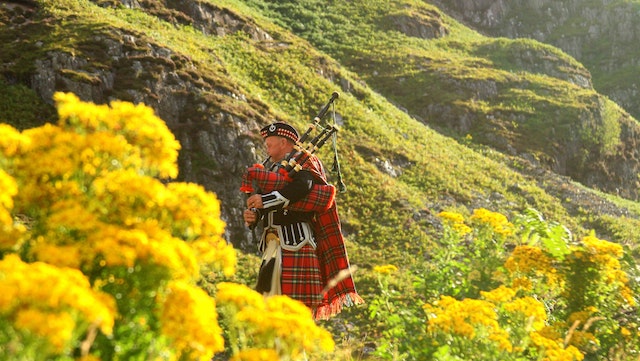December 03, 2020
Creativity in the Classroom: Mindfulness Exercise for KS1/KS2
Introducing... the Glitter Bottle! Enjoy these written instructions and our video tutorial on how to make your own.

Latha fèill Anndrais sona dhuibh or Happy St Andrew’s Day!
As St Andrew’s Day approaches on 30 November, we wanted to take a deeper look at this Scottish celebration. Why is it important? Where did it come from? And, for this year, which St Andrew’s Day celebrations can we take part in?
Apart from being the patron saint of Scotland, little is known about St Andrew. He is believed to have been born between the years 5AD and 10AD in an ancient village called Bethsaida. That’s in Israel! Can you believe, despite being the patron saint of Scotland, he never actually set foot there?
Like many historical questions, there’s no clear answer to this very sensible question! However, there are several possible reasons.
Scots mythology claims that Scottish people are descended from a group of ancient tribes called the Scythians (pronounced ‘SIH-thee-uns’). They lived on the Black Sea and it’s believed that St Andrew converted them to Christianity. Another story tells of how St Andrew came to King Angus of Scotland in a dream, promising victory in an upcoming battle. When Scotland won, the happy King declared St Andrew the country’s patron saint.
Whatever the real story is, we know that St Andrew was officially named the patron saint of Scotland in 1320.
St Andrew isn’t only the patron saint (a special protector and guide) of Scotland. He’s also looks after Greece, Russia, Barbados, singers and fishermen to name a few. In fact, St Andrew was himself a fisherman!
After being baptised by John the Baptist, he became the first disciple of Jesus. In the Greek Orthodox tradition he is known as ‘Prōtoklētos’ – literally meaning ‘the first-called’.
Since 2006, St Andrew’s Day has been a national bank holiday in Scotland.
In Scotland, you’re sure to see the national flag flying on St Andrew’s Day. This flag, bright blue with a white X-shaped cross on it, is called the Saltire. After St Andrew appeared in a dream to Scottish King Angus assuring him of victory, the King saw a a great big ‘X’ symbol in the sky – that’s why there’s a cross on the Scottish flag!
On St Andrew’s Day people often go to an event called a Ceilidh (pronounced ‘kay-lee’), which is a big party with lots of music and dancing. Traditional instruments are often played at Ceilidhs, including bagpipes and the clarsach. A clarsach is a type of harp and one of the oldest musical instruments ever documented, believed to have been played as early as early as 2300 BC.

Traditional Scottish food is usually enjoyed at these events. You might tuck into such delights as cullen skink, which is a soup often made with haddock, or the Scottish delicacy of haggis, which is sort of like a giant crumbly sausage. For dessert? All butter shortbread, of course! If you’d like to have a go at making you very own cullen skink, here’s a brilliant recipe.
We hope this has inspired your St Andrew’s Day celebrations this year. Let us know what you get up to!
Written by Georgina Turner.
December 03, 2020
Introducing... the Glitter Bottle! Enjoy these written instructions and our video tutorial on how to make your own.
November 25, 2020
This week we encourage you to step into the great outdoors and use your sensory to explore the wonders of nature!